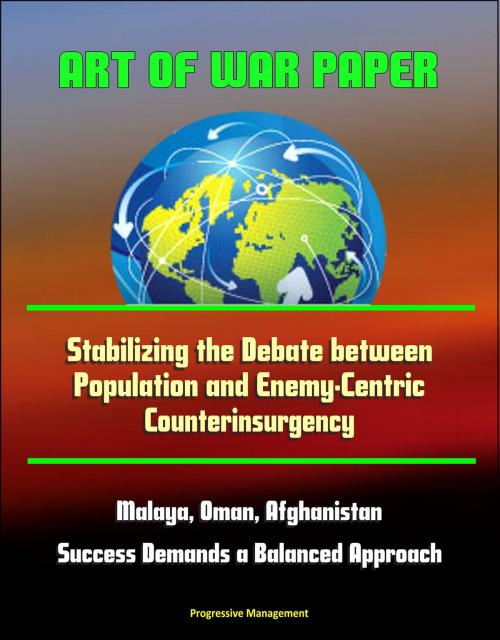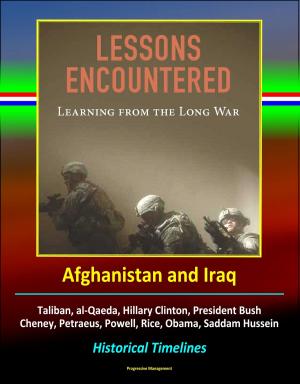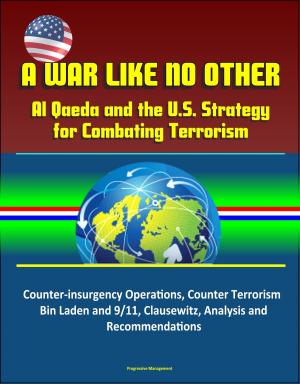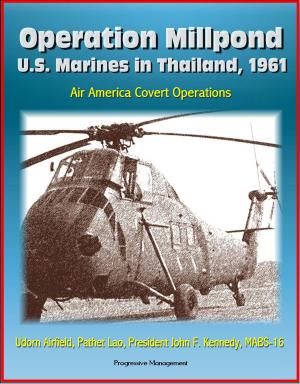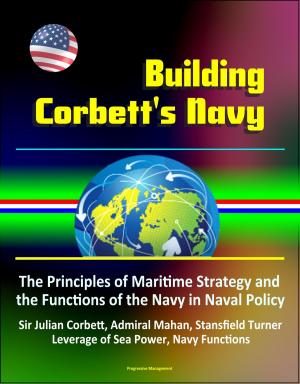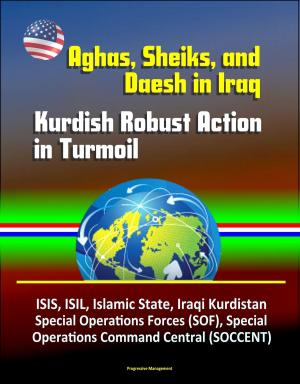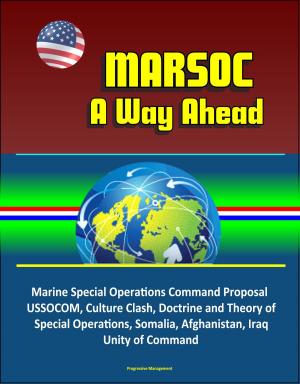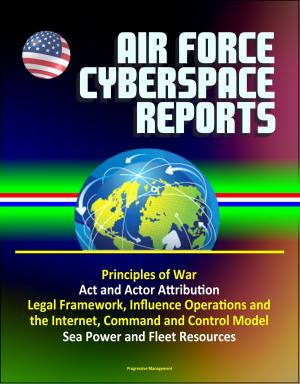Art of War Paper: Stabilizing the Debate between Population and Enemy-Centric Counterinsurgency, Malaya, Oman, Afghanistan - Success Demands a Balanced Approach
Nonfiction, History, Military, Social & Cultural Studies, Political Science| Author: | Progressive Management | ISBN: | 9781311862051 |
| Publisher: | Progressive Management | Publication: | February 14, 2014 |
| Imprint: | Smashwords Edition | Language: | English |
| Author: | Progressive Management |
| ISBN: | 9781311862051 |
| Publisher: | Progressive Management |
| Publication: | February 14, 2014 |
| Imprint: | Smashwords Edition |
| Language: | English |
The Art of War Program places contemporary operations (such as those in Iraq and Afghanistan) in a historical framework by examining earlier military campaigns. Case studies and readings have been selected to show the consistent level of complexity posed by military campaigns throughout the modern era. This paper in the series contends the debate on whether to embrace a population-centric or enemy-centric counterinsurgency strategy in Afghanistan detracts focus from building a balanced approach, customized for the human and political landscape in each area of operation (AO). The debate should be finally resolved since each strategic axis represents a crucial portion of the ideal hybrid approach, which necessarily looks different from one AO to the next. Each extreme, whether focusing all effort on killing and capturing the enemy (enemy-centric) or partnering with and protecting the population from the enemy (population-centric) is unique to local conditions on the ground. "Centric" means to focus efforts only in one direction or the other. The "centric" banners must be dropped and the US should maintain a balanced approach, integrating both strategies and freeing commanders to use every available resource across the lines of effort in the concentrations he deems appropriate and conducive to his specific AO. The US is fighting a counterinsurgency that necessitates both the destruction of the enemy and the nurturing of the population. Counterinsurgency, as another form of warfare, must utilize all elements of national power to achieve the desired outcome. The consensus from a comprehensive study of multiple counterinsurgency models indicates that utilizing all available resources to achieve a balanced approach and providing the autonomy our commanders require to achieve success in their AOs is the most effective way to deal with counterinsurgencies now and in the future.
The Art of War Program places contemporary operations (such as those in Iraq and Afghanistan) in a historical framework by examining earlier military campaigns. Case studies and readings have been selected to show the consistent level of complexity posed by military campaigns throughout the modern era. This paper in the series contends the debate on whether to embrace a population-centric or enemy-centric counterinsurgency strategy in Afghanistan detracts focus from building a balanced approach, customized for the human and political landscape in each area of operation (AO). The debate should be finally resolved since each strategic axis represents a crucial portion of the ideal hybrid approach, which necessarily looks different from one AO to the next. Each extreme, whether focusing all effort on killing and capturing the enemy (enemy-centric) or partnering with and protecting the population from the enemy (population-centric) is unique to local conditions on the ground. "Centric" means to focus efforts only in one direction or the other. The "centric" banners must be dropped and the US should maintain a balanced approach, integrating both strategies and freeing commanders to use every available resource across the lines of effort in the concentrations he deems appropriate and conducive to his specific AO. The US is fighting a counterinsurgency that necessitates both the destruction of the enemy and the nurturing of the population. Counterinsurgency, as another form of warfare, must utilize all elements of national power to achieve the desired outcome. The consensus from a comprehensive study of multiple counterinsurgency models indicates that utilizing all available resources to achieve a balanced approach and providing the autonomy our commanders require to achieve success in their AOs is the most effective way to deal with counterinsurgencies now and in the future.
